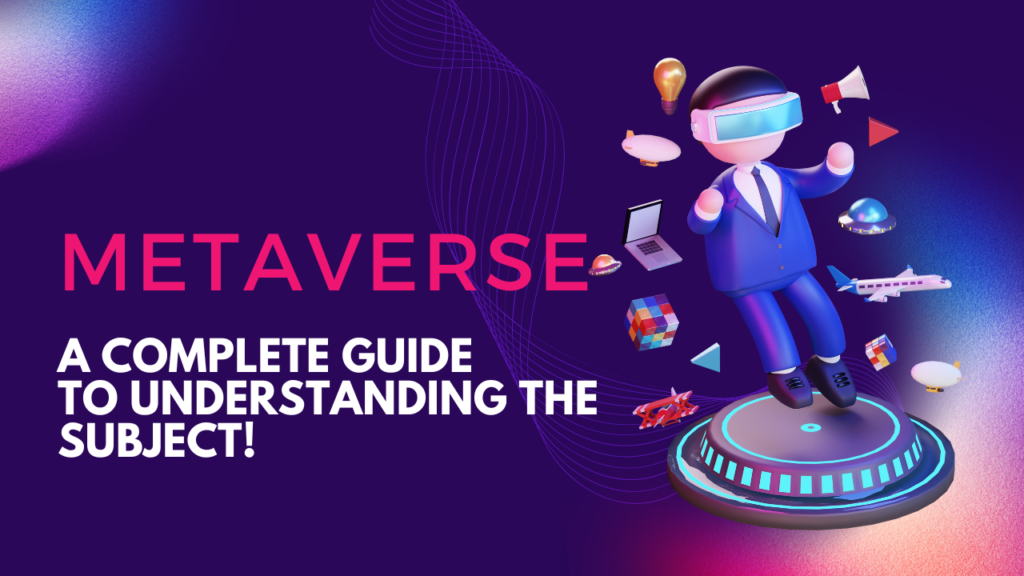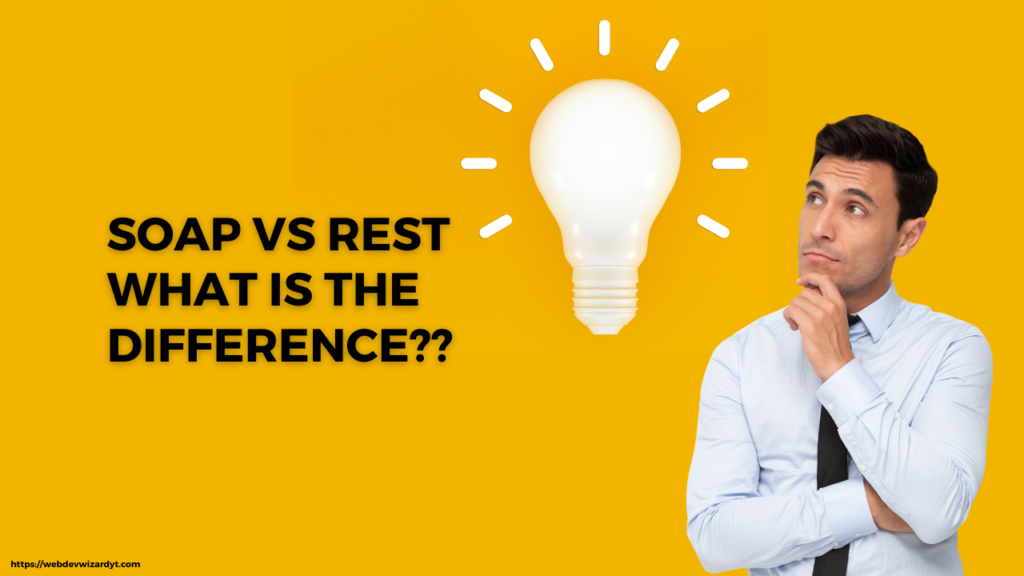How to Make/Create a Website: Beginner’s A-Z Guide

How to Make/Create a Website? Want to create a website but don’t know where to start? Look no further! Our beginner’s A-Z guide will walk you through the process step-by-step.
How to Make/Create a Website
Are you a beginner looking to make a website from scratch? If so, you’ve come to the right place. In today’s digital age, having an online presence is essential for any business or individual. Whether you want to create a personal blog, an e-commerce store, or a professional website, this beginner’s A-Z guide will walk you through the process.
With so many options available, it can be overwhelming to decide how to make/create a website. However, with a little guidance, creating a website can be an enjoyable and rewarding experience. So, let’s get started!
Choosing the Right Platform
The first step in creating a website is choosing the right platform. There are many platforms available, but the most popular ones are WordPress, Wix, and Squarespace. Each platform has its pros and cons, so it’s essential to do your research before selecting one.
WordPress
WordPress is the most popular website platform, powering over 40% of all websites on the internet. It’s free, open-source, and customizable, making it a great choice for beginners. However, it does require a bit of technical knowledge to set up and maintain.
Pros:
- Free and open-source
- Highly customizable
- Large community for support and resources
Cons:
- Requires technical knowledge to set up and maintain
- Can be vulnerable to security issues without proper maintenance
Wix
Wix is a popular website builder that offers drag-and-drop functionality, making it easy for beginners to create a website. It’s also affordable and offers a wide range of templates and features.
Pros:
- Easy to use with drag-and-drop functionality
- Affordable pricing
- Wide range of templates and features
Cons:
- Limited customization options
- Can be challenging to migrate to a different platform
Squarespace
Squarespace is a website builder that offers beautiful, modern templates and an easy-to-use interface. It’s a great choice for beginners who want a professional-looking website without the need for technical knowledge.
Pros:
- Beautiful, modern templates
- Easy-to-use interface
- 24/7 customer support
Cons:
- More expensive than other website builders
- Limited customization options
Choosing a Domain Name and Hosting Provider
Once you’ve chosen a platform, the next step is to choose a domain name and hosting provider. A domain name is the address of your website (e.g., www.example.com), and a hosting provider is the service that stores your website files and makes them available on the internet.
Choosing a Domain Name
When choosing a domain name, it’s essential to choose something that’s easy to remember and relevant to your website. Avoid using numbers or hyphens, and try to keep it short and simple.
Choosing a Hosting Provider
When choosing a hosting provider, it’s essential to choose one that’s reliable and offers good customer support. Some popular hosting providers include Bluehost, SiteGround, and HostGator.
Designing Your Website
Once you’ve chosen a platform, domain name, and hosting provider, it’s time to design your website. The design of your website is crucial because it’s the first thing visitors will see. Here are some tips for designing your website:
Choose a Theme or Template
Most website platforms offer themes or templates that you can use to design your website. Choose one that fits your brand and style. If you’re using WordPress, you can find free and paid themes in the WordPress theme directory or on third-party websites like ThemeForest.
Customize Your Website
Once you’ve chosen a theme or template, it’s time to customize your website. Most website platforms offer customization options, including changing colors, fonts, and layout. Make sure your website is easy to navigate, and the design is consistent across all pages.
Add Content
The content on your website is just as important as the design. Make sure your content is informative, engaging, and easy to read. Use images and videos to break up the text and make your website more visually appealing.
Adding Functionality to Your Website
Now that you have a website design and content, it’s time to add functionality to your website. Functionality includes adding features like contact forms, e-commerce functionality, and social media integration.
Contact Forms
Contact forms are an essential feature for any website. They allow visitors to get in touch with you without having to use their email client. Most website platforms offer built-in contact forms, or you can use a third-party plugin like WPForms or Gravity Forms.
E-Commerce Functionality
If you’re creating an online store, you’ll need e-commerce functionality. Most website platforms offer e-commerce functionality, including the ability to accept payments and manage orders. Popular e-commerce platforms include WooCommerce (for WordPress) and Shopify.
Social Media Integration
Social media integration allows visitors to share your content on social media platforms like Facebook, Twitter, and LinkedIn. It’s a great way to increase your website’s reach and drive traffic to your website. Most website platforms offer social media integration options.
Search Engine Optimization (SEO)
Search Engine Optimization (SEO) is the process of optimizing your website to rank higher in search engine results pages (SERPs). SEO is essential for driving traffic to your website and increasing your visibility online.
Keywords
Keywords are the words and phrases that people use to search for content online. Make sure your website includes relevant keywords in your content and meta tags. However, avoid keyword stuffing, which can hurt your SEO.
Meta Tags
Meta tags are snippets of text that describe the content on your website. They appear in search engine results pages (SERPs) and help search engines understand the content on your website. Make sure your meta tags include relevant keywords and accurately describe your content.
Link Building
Link building is the process of getting other websites to link back to your website. It’s an essential part of SEO because search engines view backlinks as a vote of confidence in your website’s content. However, avoid buying backlinks or using black hat SEO tactics, which can hurt your SEO.
Frequently Asked Questions (FAQs)
Q: How much does it cost to create a website?
A: The cost of creating a website varies depending on the platform, hosting provider, and any additional features you need. You can create a website for free using platforms like Wix, but for more customization options, you’ll need to pay for a premium plan. The average cost of creating a website is between $200 and $500.
Q: How long does it take to create a website?
A: The time it takes to create a website varies depending on the complexity of your website and your technical knowledge. With website builders like Wix or Squarespace, you can create a basic website in a few hours. However, for more complex websites, it can take several weeks or even months.
Q: Do I need technical knowledge to create a website?
A: No, you don’t need technical knowledge to create a website. Most website platforms offer user-friendly interfaces that make it easy for beginners to create a website without any coding knowledge. However, having some basic knowledge of HTML, CSS, and JavaScript can help you customize your website further.
Q: How do I make my website mobile-friendly?
A: Making your website mobile-friendly is essential because most people access the internet on their mobile devices. To make your website mobile-friendly, choose a responsive theme or template, which automatically adjusts to different screen sizes. Make sure your website’s fonts and images are legible on mobile devices, and avoid using Flash, which isn’t supported on most mobile devices.
Q: How do I promote my website?
A: Promoting your website is essential for driving traffic to your website. Some ways to promote your website include:
- Search engine optimization (SEO)
- Social media marketing
- Email marketing
- Content marketing
- Pay-per-click (PPC) advertising
Q: How do I maintain my website?
A: Maintaining your website is essential for keeping your website up-to-date and secure. Some ways to maintain your website include:
- Updating your website’s software and plugins
- Backing up your website regularly
- Monitoring your website’s performance and security
- Adding new content regularly
- Responding to user feedback and comments
Conclusion
How to Make/Create a Website? Creating a website can seem overwhelming at first, but with the right tools and guidance, anyone can create a website. Follow this beginner’s A-Z guide to create a website that represents your brand and style. Remember to choose a website platform, choose a theme or template, customize your website, add content, and add functionality to your website. Finally, optimize your website for search engines, and promote your website to drive traffic to your website. With time and effort, you can create a successful website that helps you achieve your goals.






Responses